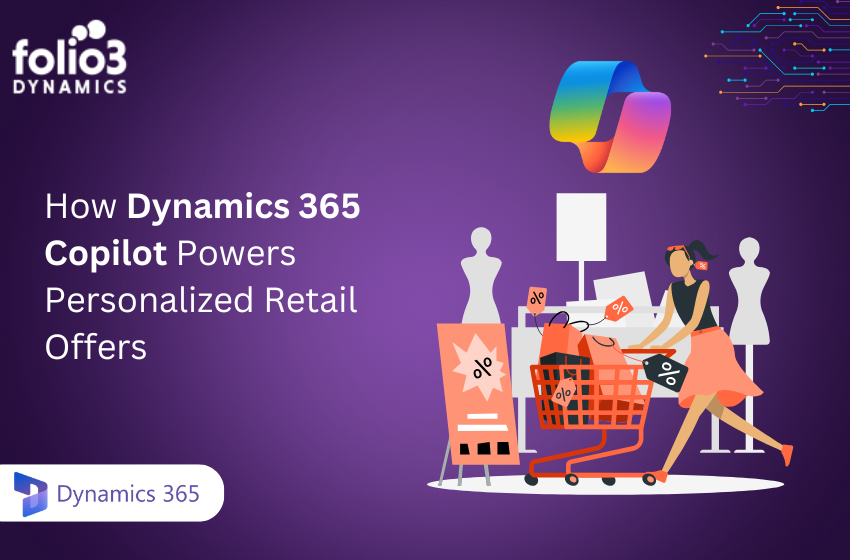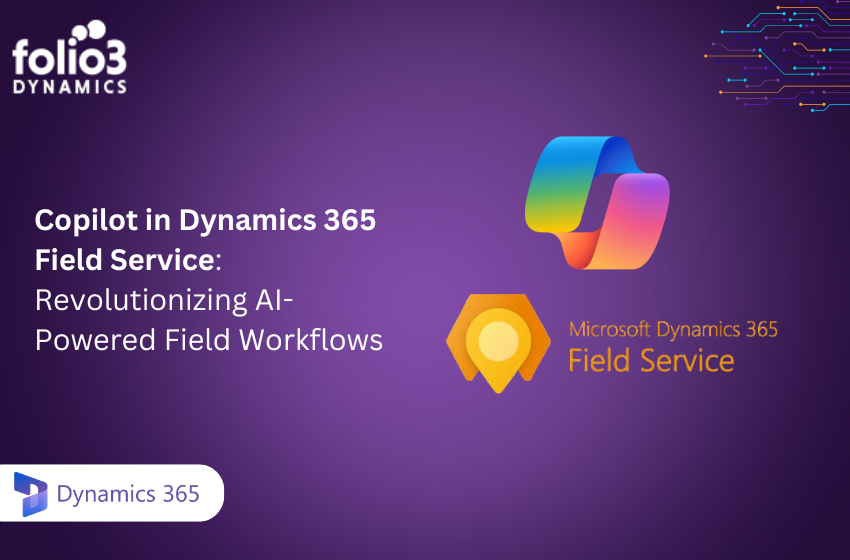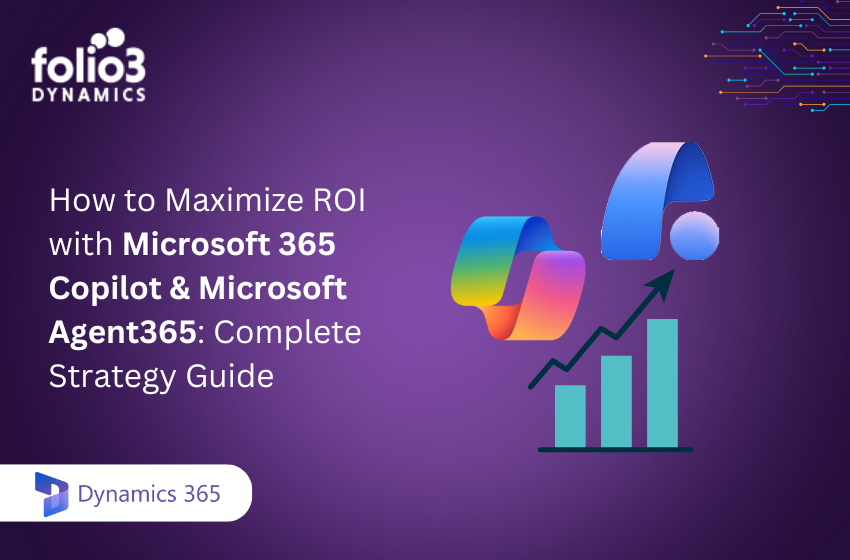The vast expansion of IT and software over the last two decades has fundamentally changed how we interact with the world and the environment in which we live. Engineers have mastered the art of storing data on every mouse movement a user makes while interacting with software. These gathered facts wouldn’t be very useful on their own. However, recent advancements in analytics, particularly in artificial intelligence, have made it possible to mine vast amounts of consumer data for insights. This type of extensive user data analysis is referred to as behavioral analytics.
To find patterns, trends, anomalies, and other important information that will enable appropriate actions, behavioral analytics employs a combination of big artificial intelligence and data analysis on user behavioral data. Numerous sectors and applications, such as e-commerce, healthcare, banking, insurance, and cybersecurity, use behavioral analytics.
What Is Behavioral Analytics?
An important factor in an organization’s success is the utilization of data to develop campaign tactics for its users.
Understanding what a prospect needs, why they need it, how to give it to them, and when that value transfer might occur is necessary to turn a prospect into a customer. You may find new client categories, learn about specific preferences, provide proactive customer care, and more by analyzing the behavioral data from your customers across channels.
Getting To Know Behavioral Analytics
Business analytics’ idea of “behavioral analytics” offers insights into how customers behave on your website, e-commerce site, mobile app, chat, email, linked product, and other digital channels. Every time a user engages with one of your digital channels, they provide important signals about their requirements, wants, and purchasing readiness. You can utilize this data to inform your client profiles.
In order to proactively anticipate consumers’ needs, behavioral analytics, a type of digital analytics, is used to identify where they are in the customer journey, what information or interaction they need next, and what roadblocks they may encounter.
While there are many different types of data and analytics that may be used to accomplish this goal, behavioral data is special since it is actual, user-generated data that can help make extremely accurate predictions of intent. Additionally, you may provide even more individualized experiences by fusing cross-channel behavioral analytics with other sorts of client data, such as past purchases and demographics.
Consequently, behavioral analytics are essential to expanding your business because they can draw in both known and undiscovered clients while also retaining current ones based on actual interactions and usage.
Different Types of Behavior Analytics
-
Predictive Behavior Analytics
the process of looking for patterns or trends in data using tools like data mining, data visualization, algorithm clustering, and neural networks. Based on present or previous behavior, these patterns or trends are utilized to forecast behavior in the future. Predictive behavior analysis can be used to develop new products, identify consumers who are likely to default or drop out, and identify the things they are most likely to buy next.
-
Power BI Behavioral Analytics
One of the most popular data analysis and data visualization tools in business is Power BI Service. To increase productivity today, it is essential to examine financial performance in analytical environments like Power BI. Power BI Analytics, a tool associated with the Power BI Service and suited for all businesses using Power BI was developed by Bismart to streamline this procedure.
Power BI is increasingly replacing other data analysis tools as the go-to option. For many businesses, Power BI Service serves as both the hub of activity and the platform used by people in charge of overseeing staff activity evaluations and business performance evaluations.
-
Security Behavioral Analytics
The network, the users, and the assets are the three domains that normally need to be watched in a business enterprise. It is beneficial to apply behavioral analytics to each of these separately in order to better understand and establish a baseline for typical behavior.
For instance, a typical network asset is built and structured to do specific tasks. Through behavioral analytics, we may learn more about who uses an asset and how frequently, which processes and apps are used on a certain device, which other devices the asset interfaces with, etc.
Once the baseline has been established, we may warn about statistical anomalies and look into the potential causes of such events. Investigating these events allows for the transfer of learning back into the system, making our monitoring more intelligent. We frequently have the ability to spot harmful behavior on the asset and correct the problem.
-
Consumer Behavioral Analytics
Customer behavior data is a type of information that reveals every action your customers take while making a purchase. These actions can consist of making a purchase, leaving an item in a shopping cart, or canceling an order. They must all be monitored, measured, evaluated, and optimized because they are all regarded as customer behaviors.
An exhaustive assessment of your customers’ behavior at all points of contact during their customer journey is known as a customer behavior analysis. By effectively conducting customer data analysis, you can identify your customers’ demands, address them, and boost customer loyalty.
Who Uses Behavioral Analytics?
When your team begins utilizing behavioral analytics to help inform your customer profiles, everyone in your organization—at any level—can take advantage of its insights. This is the beauty of behavioral analytics. While everybody in your organization can use these kinds of statistics, particular roles stand to gain the most from them:
-
Marketers
Using behavioral analytics, marketers may create cohort data that will maximize campaign effectiveness, improve client acquisition, and increase retention and conversions. Behavioral data can be utilized to build more detailed, multidimensional customer profiles when combined with transactional, demographic, and behavioral data.
-
Consumer Assistance
The first to learn about customer complaints are frequently your customer care personnel. Frontline staff can benefit from behavioral analytics by being prepared with the appropriate replies, and your sales and marketing teams can quickly receive crucial information on client experiences.
-
Data Analysts
Data analysts assist in unraveling the whole customer experience by comparing user intent to reality using signals discovered through behavioral analytics. The data can also be used to distinguish between consumers who are likely to leave and those who are more likely to stick around.
-
Sales
For a successful strategy, marketers and the sales team must collaborate with behavioral analytics. A marketing team that uses behavioral data to power effective campaigns aids the sales team in demonstrating a true return on investment (ROI) from those campaigns while simultaneously expanding and increasing the quality of the funnel.
What Is User And Entity Behavioral Analytics? (UEBA)
User behavior analytics (UBA), commonly referred to as user and entity behavior analytics (UEBA), is the process of acquiring knowledge about the daily network events that users produce. It can be used to identify the use of compromised credentials, lateral movement, and other malicious activities after being gathered and analyzed.
The term “Entity” was added to User Behavior Analytics by the Gartner Market Guide as a result of growing risks from outside sources that go beyond merely individual users. These external influences could come from routers, servers, programs, and other network devices, but they are not limited to them.
In essence, these alternative behavioral analytics focus on the behavior of systems and the user accounts on them rather than the typical consumer behavior analytics.
Top Behavioral Analytics Software in the Market
-
Smartlook
You can ultimately save time by integrating behavioral analytics software like Smartlook. Additionally, it can aid in your comprehension of user behavior and website navigation.
-
Tableau
Software provider Tableau has been offering data visualization tools for many years. Many businesses utilize these items to study their customers’ behavior. The many various types of charts, interactive features, and quick performance are a few advantages. The drawbacks of this tool include the inability to use pivot tables with it and other capabilities that are excluded from the free version.
-
Hotjar
A behavioral analytics and feedback program all in one is called Hotjar. It gives users information about users and visits to their website, which aids in improving the consumer experience.
-
FullStory
The creators of FullStory, a behavioral analytics tool, wanted to learn more about the experiences of their website users. It has now been enhanced to assist brands in comprehending how consumers interact with their material. It gives important insights into visitor trends and access to analytics data from a website or app.
-
Mixpanel
To examine how consumers engage with your digital product, you might utilize Mixpanel, one of the top user behavioral analytics software tools. Once you’ve collected the data, you can use the streamlined, interactive reports to study it. You can also query the data and visualize it with only a few clicks.
Conclusion
As machine learning algorithms advance and data become more socialized in sectors with segregated data, behavioral analytics will continue to be even more beneficial. Businesses have higher obligations to utilize data in a compliant and respectful way as a result of the Behavioral analytics platform expanded opportunity.
More preventative steps must be adopted in light of the rising cyber dangers that businesses face today in order to safeguard sensitive information and deter hackers from accessing internal networks. Folio3, one of the top-tier behavioral analytics companies, employs behavioral analytics software to find anomalies that could be signs of hostile activity. Insider threats, zero-day assaults, and even aggressive red team strikes have all been successfully detected by it. Start the process of safeguarding your company.


